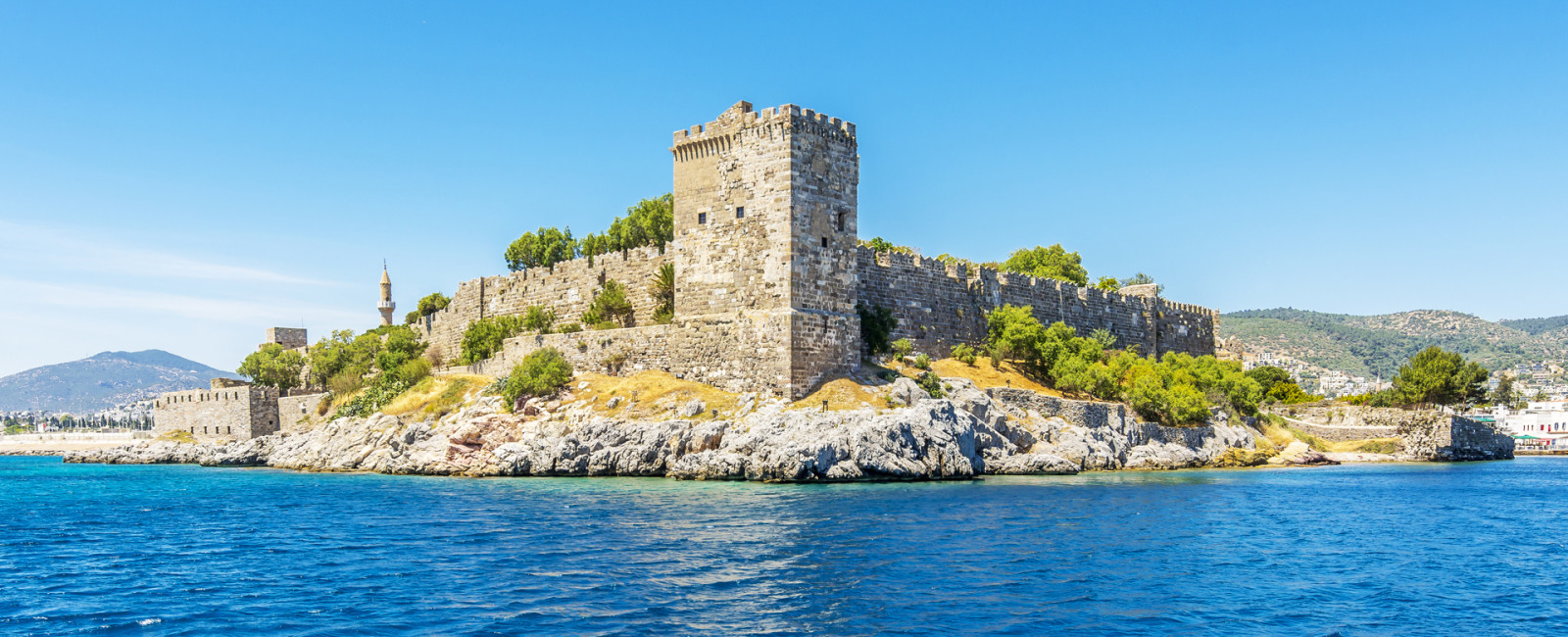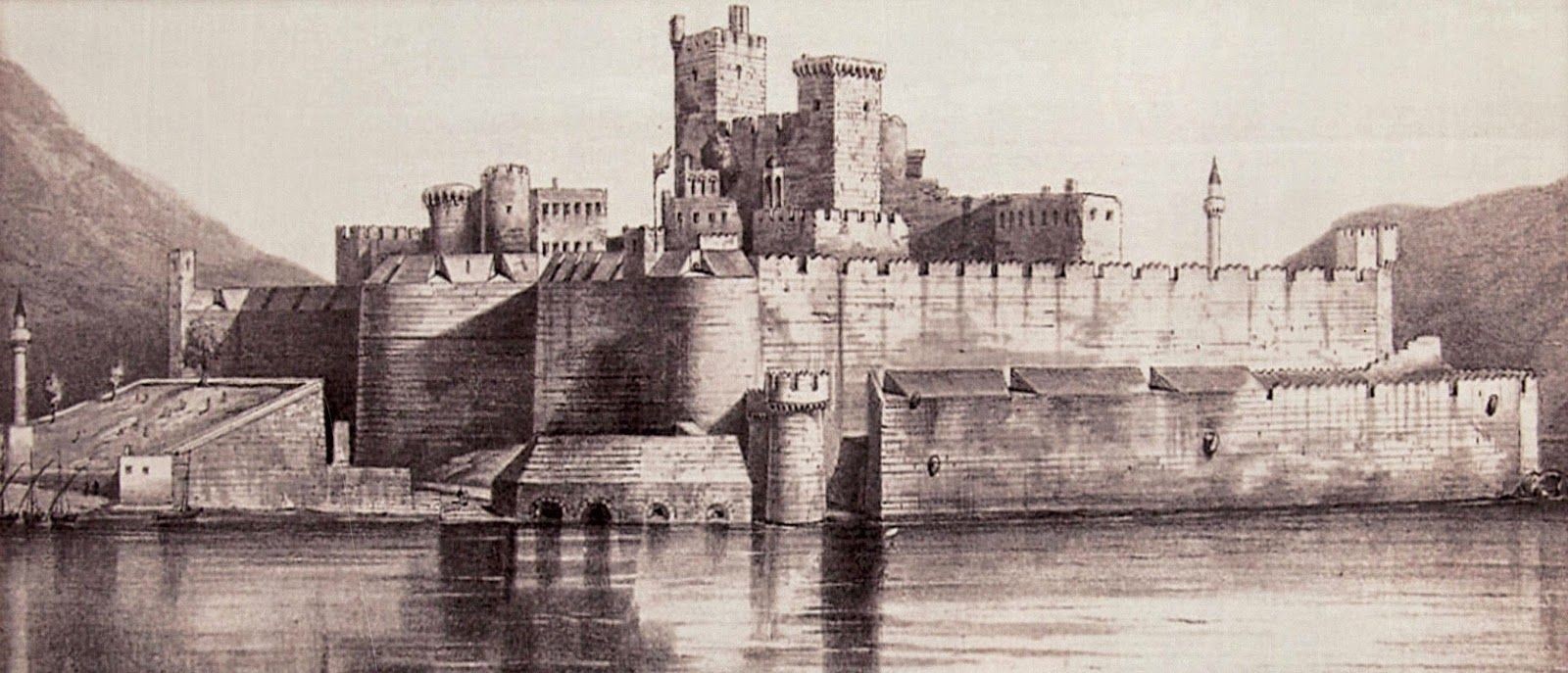
Kayıt Şartları
İçerisinde kendinizin de göründüğü kale manzaralı bir fotoğraf çekin ve kaydınıza ekleyin. Başparmağınızı yukarı kaldırdığınız ya da kocaman gülümsediğiniz bir fotoğraf olabilir. Yüzünüzün görünmesi zorunlu değildir.
İsterseniz, fotoğrafı kalenin diğer taraflarından da çekebilirsiniz. Verilen koordinatlar sizi kalenin girişine götürür. (Yol noktalarını kontrol edin)
Lütfen, bu cache yayınlanmadan önce çekilmiş eski resimleri kullanmaktan kaçının.
Kurallar gereği, yukarıdaki şartları sağlamayan kayıtlar silinecektir.
Logging Tasks
Take a picture of the castle so that some part of yourself is visible in the picture as well. Like, a happy thumb up or a bright smile in the foreground but you don't have to show your face in the photo, and add the photo to your log.
If you like, you can take the photo also from some other side of the castle. The coordinates just take you to the entrance. (Check waypoints)
Please, try to avoid using old pictures taken before this cache was published.
In accordance with the rules, Logs which not fulfill these requirements will be deleted.

Bodrum Kalesi
Bodrum'un simgesi haline gelmiş ve bugün Sualtı Arkeoloji Müzesi olarak kullanılan kale.
Bodrum kalesi iki liman arasında kayalık bir alan üzerinde kurulmuştur. Antik çağda önce ada olan bu alan sonraları kente bağlanarak yarımada durumuna gelmiştir.
1406-1523 yılları arasında inşa edilen St. Jean Şövalyeleri'nin kalesi, kare planlı, 180 x 185 m ölçülerindedir. İç kale içinde değişik ülke adları verilmiş kuleler bulunmaktadır. En yüksek kule deniz seviyesinden 47,50 m yükseklikte olan Fransız Kulesi'dir. Diğer kuleler İtalyan Kulesi, Alman Kulesi, Yılanlı Kule ve İngiliz Kulesidir.
Kalenin doğu duvarı dışında kalan bölümleri çift beden duvarları olarak takviye edilmiştir. İç kaleye 7 kapı geçilerek ulaşılır. Kapılar üzerinde armalar bulunmaktadır. Armalar üzerinde haçlar, düz veya yatay bantlar, ejder ve aslan figürleri bulunmaktadır. İç kalede Sapelin alti dahil olmak üzere 14 sarnıç vardır. Kale korugani, çiftli duvarlar arası su hendeği, asma köprü, denetim kulesi, II. Mahmut tuğrası kalenin göze çarpan yerlerindendir.
Bodrum Kalesi, 19. yüzyıl sonunda kalenin hapishane olarak kullanıldığı dönemde bir hamam yapısı ile Osmanlı niteliği kazanmıştır.
Kale bugün Sualtı Arkeoloji Müzesi olarak kullanılmaktadır. Müze koleksiyonlarında bulunan eserler Türk hamamı, Amphora sergilemesi, Doğu Roma Gemisi, Cam Salonu, Cam Batığı, Sikke ve Mücevherat Salonu, Karyalı Prenses Salonu, İngiliz Kulesi, İşkence ve Katliam Odaları ve Alman Kulesi'nde sergilenmektedir. Ayrıca, 33.5 dönüm genişliğindeki bir arazi üzerine kurulmuş olan kalede açık mekanlarda da eser sergilenmektedir.
Müze, 1995 yılında Avrupa'da Yılın Müzesi Yarışması'nda "Özel Övgü" ödülünü almıştır.
Bodrum Castle
Bodrum Castle is a historical fortification located in southwest Turkey in the port city of Bodrum, built from 1402 onwards, by the Knights of St. John as the Castle of St. Peter or Petronium.
A transnational effort, it has four towers known as the English, French, German, and Italian towers, bearing the names of the nations responsible for their construction. The castle was completed in the late 15th century, only to be taken over by the Islamic Ottoman Empire in 1523. The chapel was converted to a mosque, and a minaret was added. The castle remained under the empire for almost 400 years. After remaining empty following World War I, in the early 1960s, the castle became the home for the award-winning Bodrum Museum of Underwater Archaeology. In 2016 it was inscribed in the Tentative list of World Heritage sites in Turkey.
The construction of the castle began in 1404 under the supervision of the German knight architect Heinrich Schlegelholt. Construction workers were guaranteed a reservation in heaven by a Papal Decree of 1409. They used squared green volcanic stone, marble columns and reliefs from the nearby Mausoleum of Maussollos to fortify the castle.
The first walls were completed in 1437. The chapel was among the first completed inner structures (probably 1406). It consists of a vaulted nave and an apse. The chapel was reconstructed in Gothic style by Spanish Knights of Malta in 1519-1520. Their names can be found on two cornerstones of the facade. Fourteen cisterns for collecting rainwater were excavated in the rocks under the castle. This was a monumental achievement of the day and the family who completed the excavation were given the honorific of "Burrows" for their exceptional digging skills.

